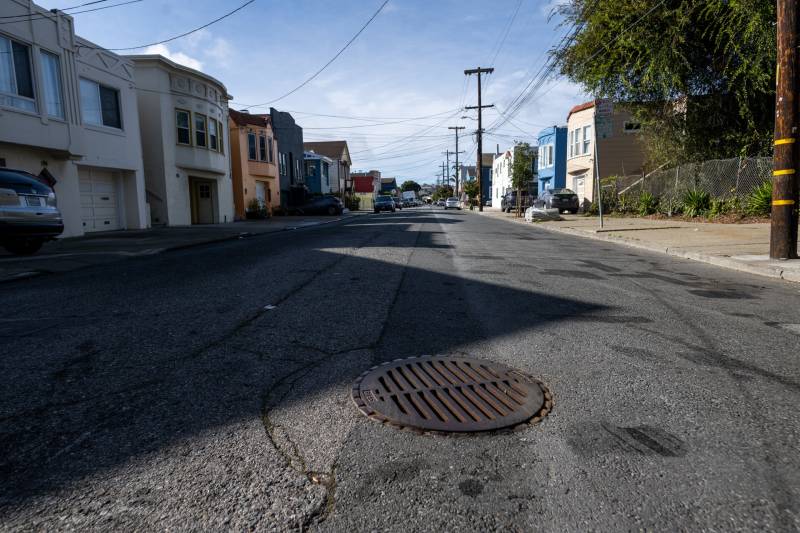That doesn’t necessarily mean there are more people using stimulants, however. The body metabolizes each substance differently, making it hard to compare the prevalence of individual substances. Instead, Hom said, the city is using the findings to monitor changes in the drug supply and use trends over time.
“We’re not able to directly compare those and make an assumption that many more people or that much more stimulants are being used because of the way these drugs are metabolized in the body. So trying to make the comparison between drugs is difficult,” Hom said.
Public health officials say they hope to use the data to advise the public on overdose risk and drug supply trends.
The effort is part of a study funded by the National Institute on Drug Abuse, which ends in August, that San Francisco and other local municipalities are participating in. But the city’s health officials say they hope to expand and continue the program after the study wraps up.

